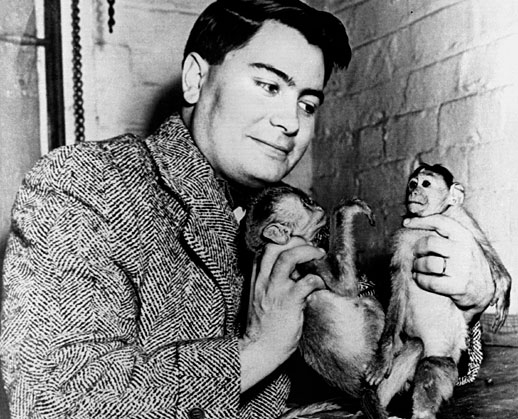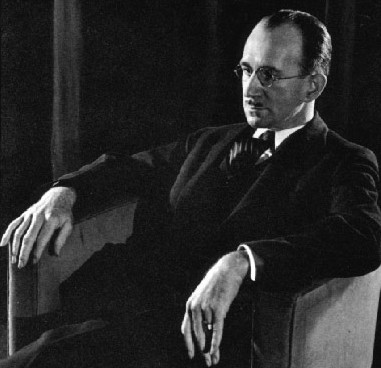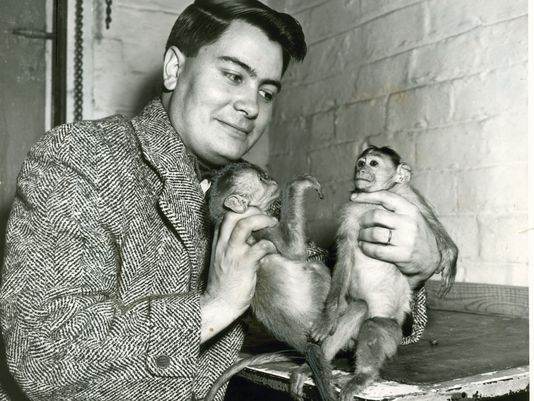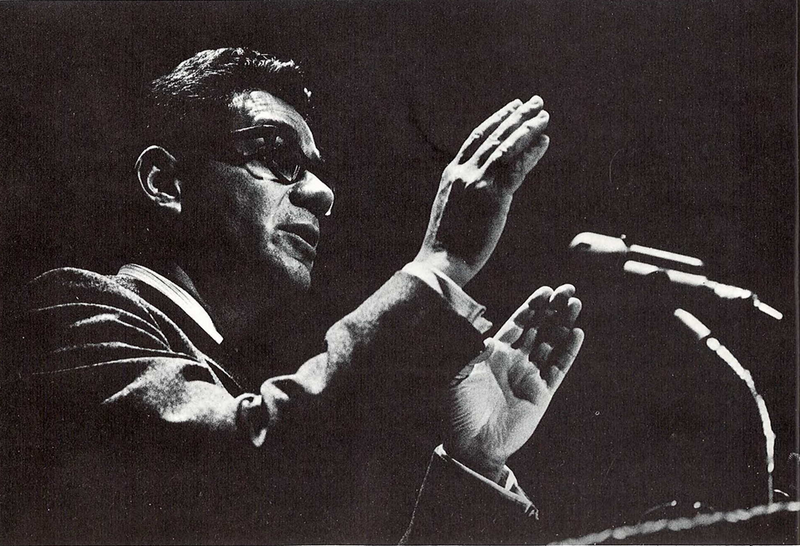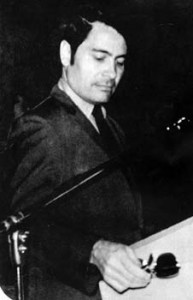New West, the magazine that Clay Felker launched as the Left Coast sister to New York, managed to survive only a few years, but it made its mark. A 1977 exposé by Marshall Kilduff and Phil Tracy, “Inside Peoples Temple,” about the Rev. Jim Jones, which alleged all manner of abuses by the preacher, drove him and some of his followers to relocate from California to Guyana, where the real madness began. I didn’t realize until reading this piece what pull Jones had among San Francisco politicos. An excerpt about a family that quit the church.
____________________________
“After Elmer and Deanna Mertle joined the temple in Ukiah in November, 1969, he quit his job as a chemical technician for Standard Oil Company, sold the family’s house in Hayward and moved up to Redwood Valley. Eventually five of the Mertle’s children by previous marriages joined them there.
“When we first went up [to Redwood Valley], Jim Jones was a very compassionate person,” says Deanna. “He taught us to be compassionate to old people, to be tender to the children.”
But slowly the loving atmosphere gave way to cruelty and physical punishments. Elmer said, “The first forms of punishment were mental, where they would get up and totally disgrace and humiliate the person in front of the whole congregation. . . . Jim would then come over and put his arms around the person and say, ‘I realize that you went through a lot, but it was for the cause. Father loves you and you’re a stronger person now. I can trust you more now that you’ve gone through and accepted this discipline.’”
The physical punishment increased too. Both the Mertles claim they received public spankings as early as 1972 – but they were hit with a belt only “about three times.” Eventually, they said, the belt was replaced by a paddle and then by a large board dubbed “the board of education,” and the number of times adults and finally children were struck increased to 12, 25, 50 and even 100 times in a row. Temple nurses treated the injured.
At first, the Mertles rationalized the beatings. “The [punished] child or adult would always say, ’Thank you, Father,” and then Jim would point out the week how much better they were. In our minds we rationalized … that Jim must be doing the right thing because these people were testifying that the beatings had caused their life to make a reversal in the right direction.”
Then one night the Mertles’ daughter Linda was called up for discipline because she had hugged and kissed a woman friend she hadn’t seen in a long time. The woman was reputed to be a lesbian. The Mertles stood among the congregation of 600 or 700 while their daughter, who was then sixteen, was hit on her buttocks 75 times. “She was beaten so severely,” said Elmer, “that the kids said her butt looked like hamburger.”
Linda, who is now eighteen, confirms that she was beaten: “I couldn’t sit down for at least a week and a half.”
The Mertles stayed in the church for more than a year after that public beating. “We had nothing on the outside to get started in,” says Elmer. “We had given [the church] all our money. We had given all of our property. We had given up our jobs.”
Today the Mertles live in Berkeley. According to an affidavit they signed last October in the presence of attorney Harriet Thayer, they changed their names legally to Al and Jeanne Mills because, at the church’s instruction, “we had signed blank sheets of paper, which could be used for any imaginable purpose, signed power of attorney papers, and written many unusual and incriminating statements [about themselves], all of which were untrue.”•

